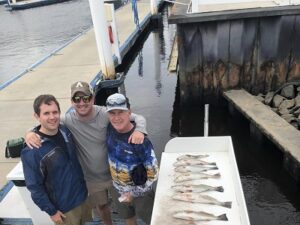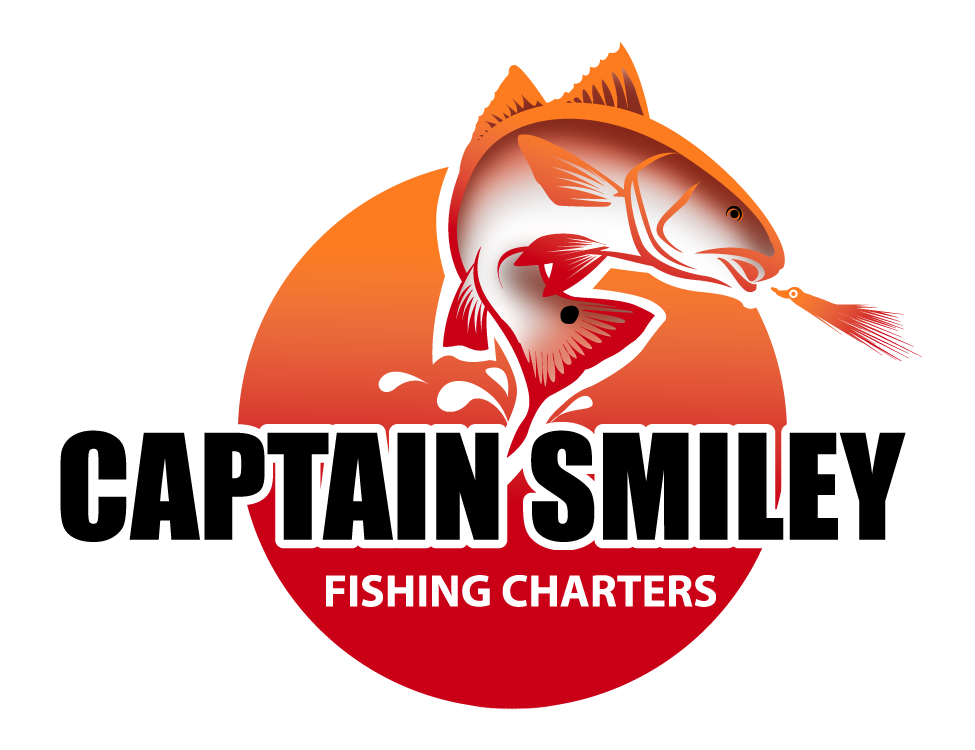 Fall Fishing Ideas for Cooler Weather
Fall Fishing Ideas for Cooler Weather
Are you a fan of freshwater fishing? Perhaps saltwater fishing is your favorite hobby. You can expect a hot fall bite as soon as the leaves change colors and the air gets chillier.
Fall fishing tips will help you make the most of this opportunity
1. Be aware of the patterns of migration for baitfish
Fall is a time when baitfish are often on the move and predators follow. This is how it works in different water bodies. It could be that finger mullets are seen in coastal bays gathering near inlets, while they get ready for the ocean and head south. Expect young-of-year menhaden and glass minnow to move into the river mouths of tidal streams.
Many large reservoirs will see a shad shift from streams and feeders to the main lake, where temperatures are more stable. These cases show that you can bet the gamefish you are chasing will not be far behind the baitfish.
2. Keep an eye out for birds
Fall is the time when big fish gather bait schools and chase down their prey to the surface. Terns, gulls as well as other birds would usually gather to grab injured baitfish. If you see them hovering over a spot, it is a clear sign that you should cast there.
3. Seek out Fish at Depth-Related Points of Transition
Fish will move in most bodies of water as soon as the temperature drops. This means that they will often be found in areas with abrupt depth changes, like underwater points or channel edges. They have easy access to shallow and deep water throughout the day.
4. If the chill is too cold, slow your retrieves and/or trolling speeds
Cold-blooded fish have a slower metabolism when the water temperature drops. You can expect fast and unpredictable retrieves to no longer accurately mimic the actions of small fish and other gamefish hunting them – like what they did during mid-summer. However, slow, steady retrieves will be more effective as the temperature drops.
5. Up-size Your Offerings
Large fish are less likely to chase small baits the colder they get. They don’t want to eat a lot while chasing small baits, so they are more focused on eating a whole meal in one energy-efficient swallow.
6. You might consider targeting different species
Consider targeting different species when you’re going on a fishing trip this season. This is regardless of where you fish, but it does matter that in some areas of the country, some species go dormant while others become active. Walleye, pike, and pickerel are just some examples of gamefish that can pick up their feeding pace as the water temperature drops.
7. Seek out water that has been warmed by the sun
Although hibernating is not a common practice for fish, some species can go into semi-torpidity if the water becomes cold. They may search for areas that are sunny and warm to keep their temperature up. These spots include shallow coves, flats with dark bottoms that absorb UV rays, and weeds that aren’t yet dead. These spots will often be home to active feeding predators, even if other areas offer only a slow bite.
8. Match the Hatch
This is something that you must always remember. However, in fall, it can be doubly important as the prey fish are focusing on can change radically from one month to the next or even week to week. Fly fishermen who target trout should be aware of this because a different set of insects hatch in the fall than in the summer.
9. Look out for Weeds
Fall brings about shrinkage and death of weed beds. The result is the fish that eat around them become more concentrated. Some weeds may persist in some areas even though the water is iced up. Many species will use these weeds as hunting grounds.
10. Pay attention to “Turnover”.
Some bodies of water can sink to the bottom when temperatures drop. This causes warmer water below to rise. The water “turns around” and the temperature and oxygen stratification of the water is removed. Larger areas have more favorable conditions for many species of fish.
Fishing in Myrtle Beach can be difficult due to the increased space and decreased visibility associated with turnover. However, predators will gather at transition points during the turnover phase where they can easily shift between shallow and deep zones.
Once you have found the area, catch one or two fish and then stick with them through the turnover phase. This can last up to a week, or until the water freezes. The fish will likely stay put until the conditions change.
Are you ready for fall fishing? Are you ready to put on your layers and get out on the water? Call Captain Smiley Fishing Charters LLC. now.
Like our Facebook page for more great info about fishing trips in Myrtle Beach.
Captain Smiley Fishing Charters LLC.
4495 Baker St
Little River, SC 29566
(843) 361-7445
https://www.captainsmileyfishingcharters.com
catch@captainsmileyfishingcharters.com

